Description
Human Action Recognition using Neural Networks MATLAB
The main objective is to detect human activity recognition using machine learning techniques and we can use sensors to recognize the human activities like walking? , jumping and skipping, etc. nowadays they are much growing technology developed. on a smartphone, smartwatch? we can see the? pulse, blood pressure, etc. the main purpose is to detect the human body movement. Human activity recognition (HAR) using non-obtrusive sensing techniques has recently received great attention from both researchers and the industry. With the rapid progress in semiconductor technology, low-cost sensors (e.g. accelerometers and gyroscopes) with small size, lightweight, and low powercon sumption could be easily embedded hidden inside low obtrusive wearable devices (e.g. smart-phones, smart-watches and smart-shoes). These wearable devices have been used more and more popular in daily life.
SCOPE OF PROJECT:
The main contributions of this project therefore are
- Data Analysis
- Dataset Preprocessing
- Training the Model
- Testing of Dataset
Human Action Recognition using Neural Networks MATLAB
DOMAIN OVERVIEW:
Machine Learning is the most popular technique for predicting the future or classifying information to help people in making necessary decisions. Machine Learning algorithms are trained over instances or examples through which they learn from past experiences and also analyze the historical data. Therefore, as it trains over the examples, again and again, it is able to identify patterns in order to make predictions about the future.
Data is the core backbone of machine learning algorithms. With the help of historical data, we are able to create more data by training these machine learning algorithms. For example, Generative Adversarial Networks are an advanced concept of Machine Learning that learns from the historical images through which they are capable of generating more images. This is also applied towards speech and text synthesis. Therefore, Machine Learning has opened up a vast potential for data science applications.
EXISTING SYSTEM:
- Previous works failed to handle long-term behavior changes.?
- Previous approaches have not considered appliance level usage details.?
- Operation overlaps have not been considered.?
- Deriving accurate predictions has been a challenge so far.?
- Previous models can be used only for short-term predictions.?
- Some of the approaches are found to be good at experimental setup but have not considered real-world scenarios.?
PROPOSED SYSTEM
- HAPP model based on appliance usage variations in smart homes.
- ?This model utilizes FP growth for pattern recognition.
- ?This model applies k-means clustering algorithm to identify appliance-appliance and appliance-time associations. This is achieved by Incremental mining.
- ?A Bayesian network has been applied for activity prediction based on individual and multiple appliance usage.
- ?For added accuracy, the HAPP model integrates both appliance-appliance and appliance-time associations.
Advantage
- According to, it was demonstrated that the FP-growth is as successful as other techniques, such as the Eclat method for fast discovery of association rules, a recursive elimination method, Relim, to find frequent itemsets, and the Decision tree algorithm.?
- Therefore, the FP-growth is given as input to the K-pattern clustering and its efficiency contributes widely to the identification of frequent activity patterns of user behavior in the smart home environment.?
- The last stage is to group similar patterns by using the frequent activity patterns? mining.
HARDWARE REQUIREMENT
HDD: 1TB
RAM: 8GB
SOFTWARE REQUIREMENT
MATLAB 2020 A
CONCLUSION
In this paper, firstly, a non-obtrusive activity dataset named 19NonSens using wearable sensors has been built. This dataset contains 19 activities collected from 12 subjects by using two devices (Samsung Gear G2 and e-Shoe). Accelerometers from the smartwatch and e-Shoe and gyroscope from the smartwatch as well as images captured by surveillance cameras have been synchronized and carefully annotated. Second, we have proposed a method for human activity recognition from wearable sensors based on the capsule network SensCapsNet. The proposed method has been evaluated on two datasets: a subset of Opportunity and 19NonSens. The experimental results confirm the robustness of the proposed method in comparison with two baseline machine learning-based
Human Action Recognition using Neural Networks MATLAB
References:
[1] A. P. Chandrakasan, S. Sheng, and R. W. Brodersen, ?Low-power CMOS digital design,? IEICE Trans. Electron., vol. 75, no. 4, pp. 371?382, 1992.
[2] R. Zimmermann and W. Fichtner, ?Low-power logic styles: CMOS versus pass-transistor logic,? IEEE J. Solid-State Circuits, vol. 32, no. 7, pp. 1079?1090, Jul. 1997.
[3] S. Goel, A. Kumar, and M. A. Bayoumi,?Design of robust, energy-efficient full adders for deep-submicrometer design using hybrid-CMOS logic style,? IEEE Trans. Very Large Scale Integr. (VLSI) Syst., vol. 14, no. 12, pp. 1309?1321, Dec. 2006.

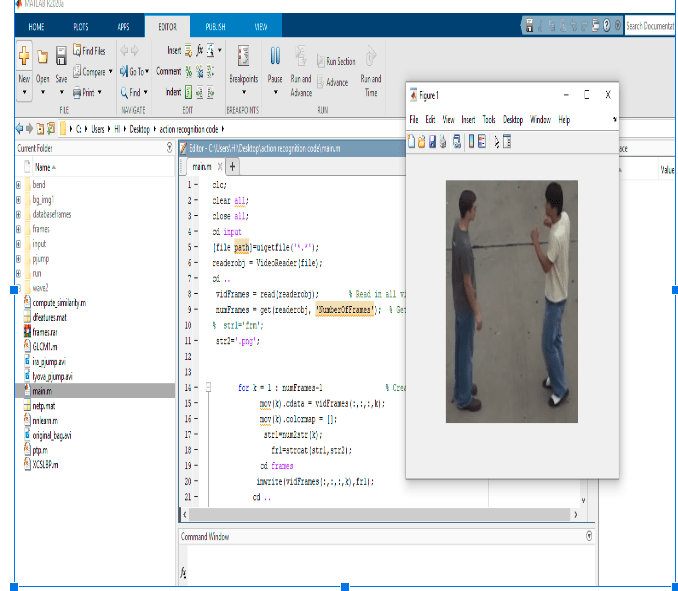
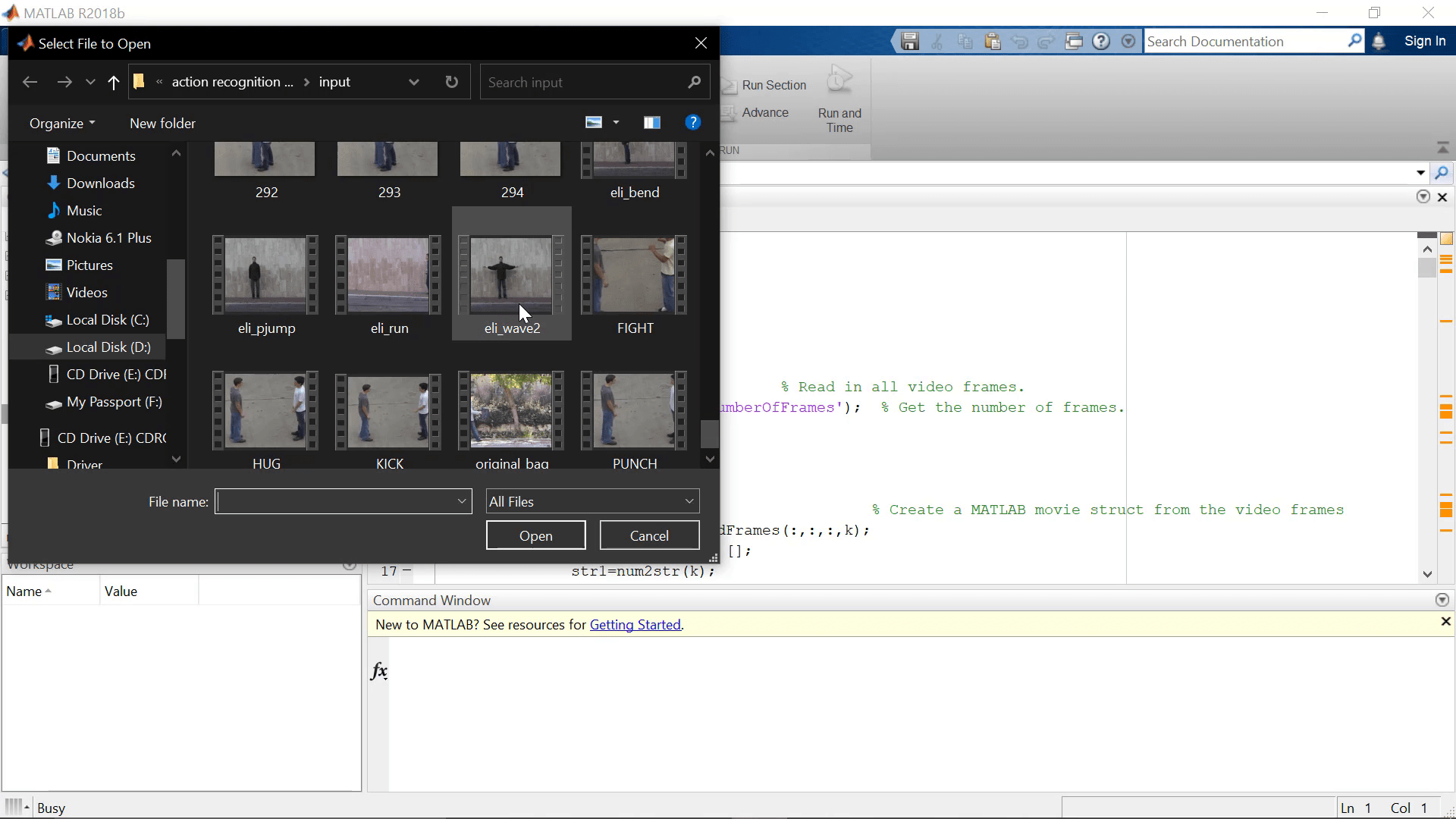
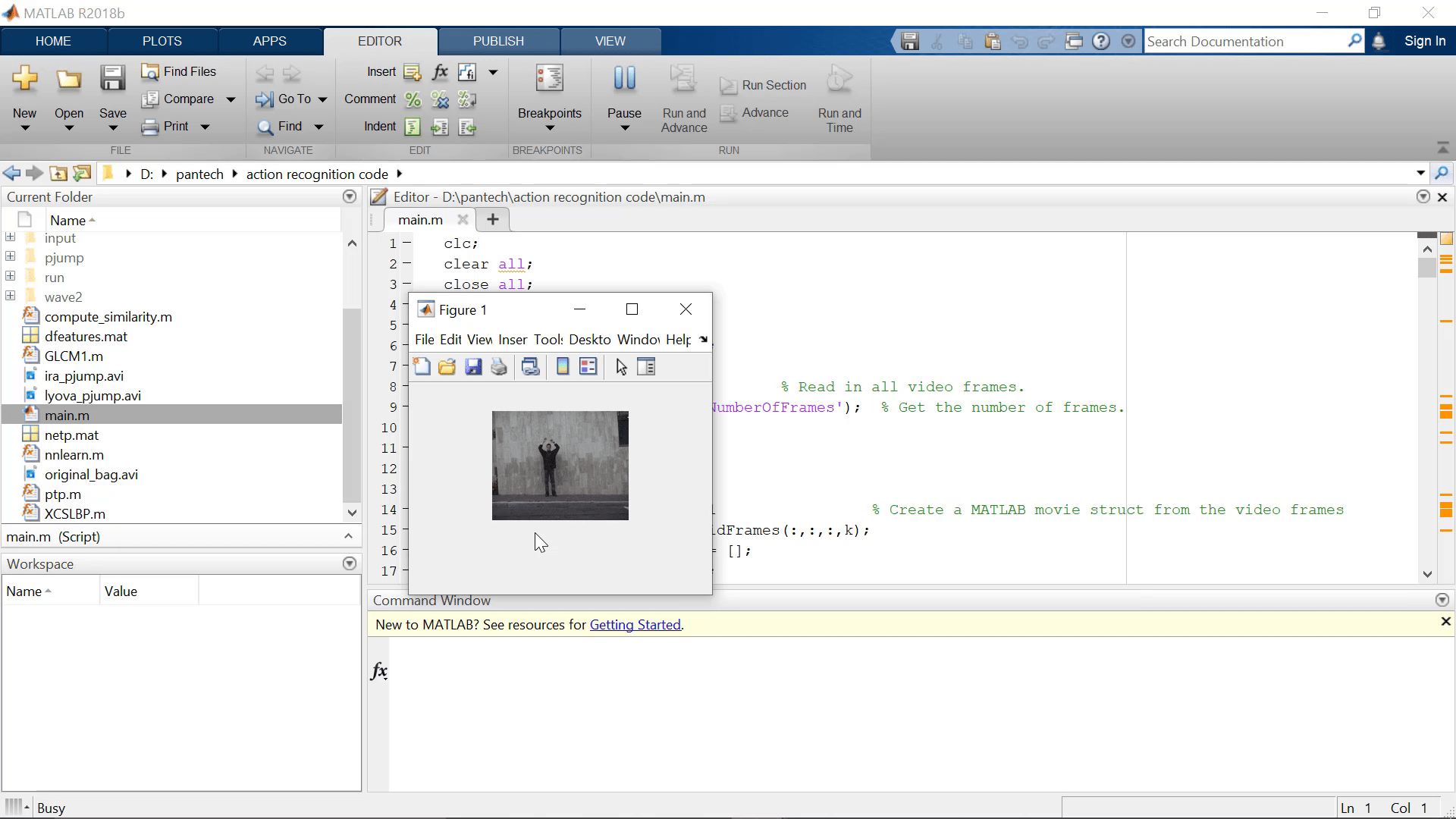
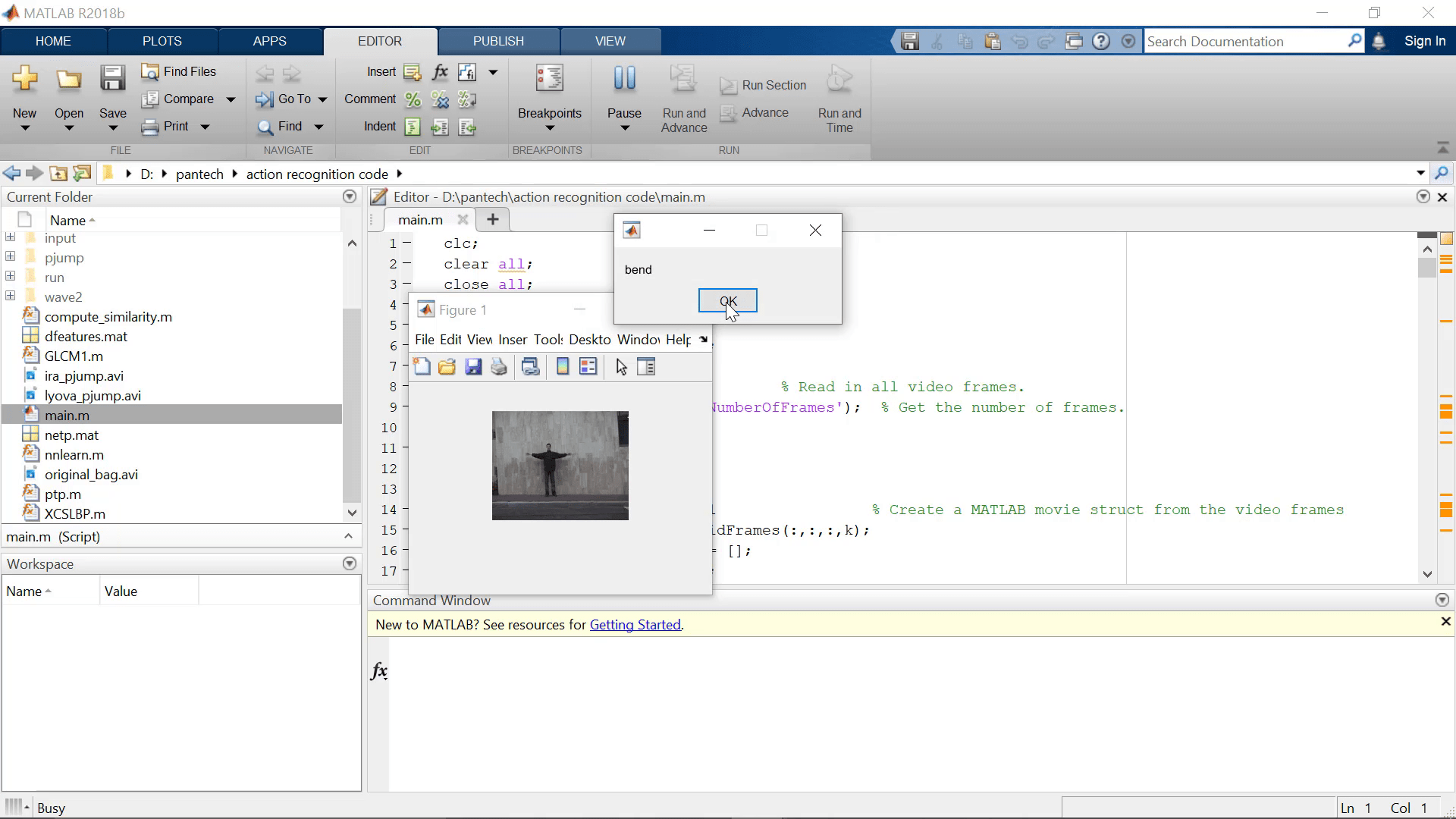


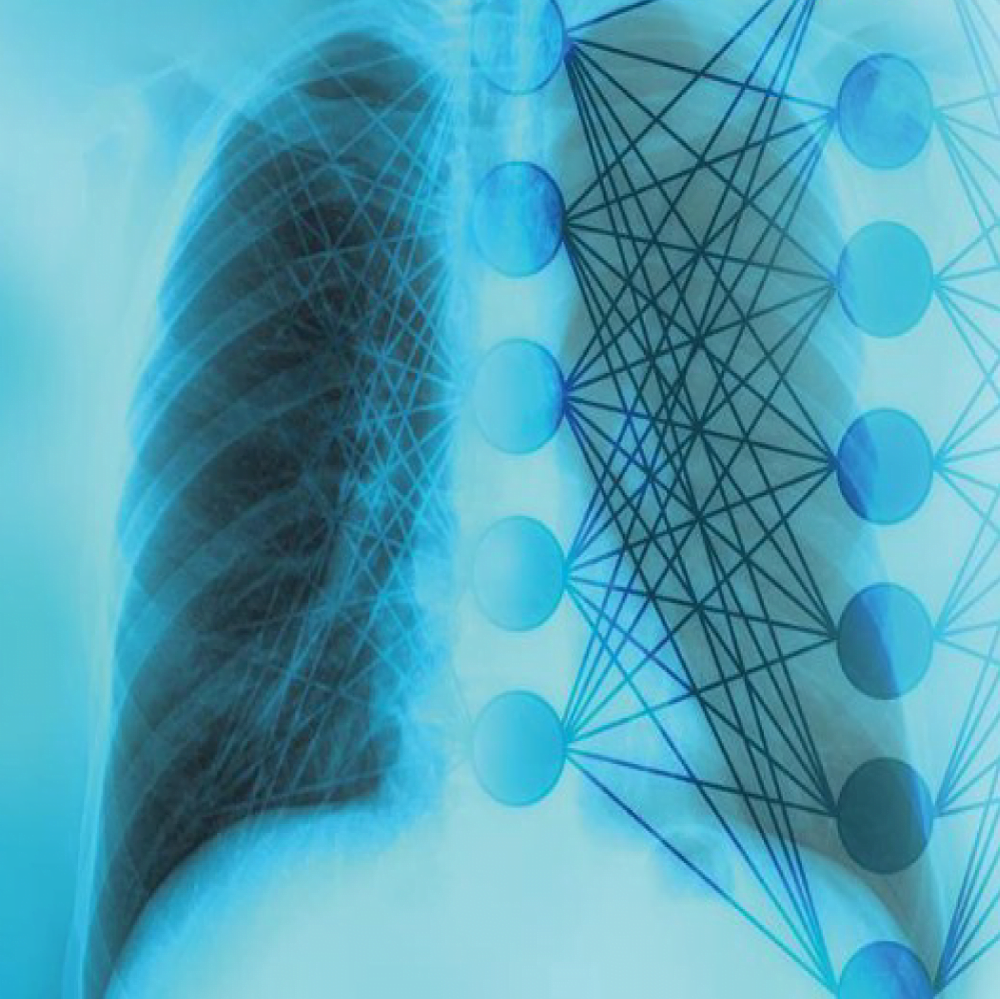

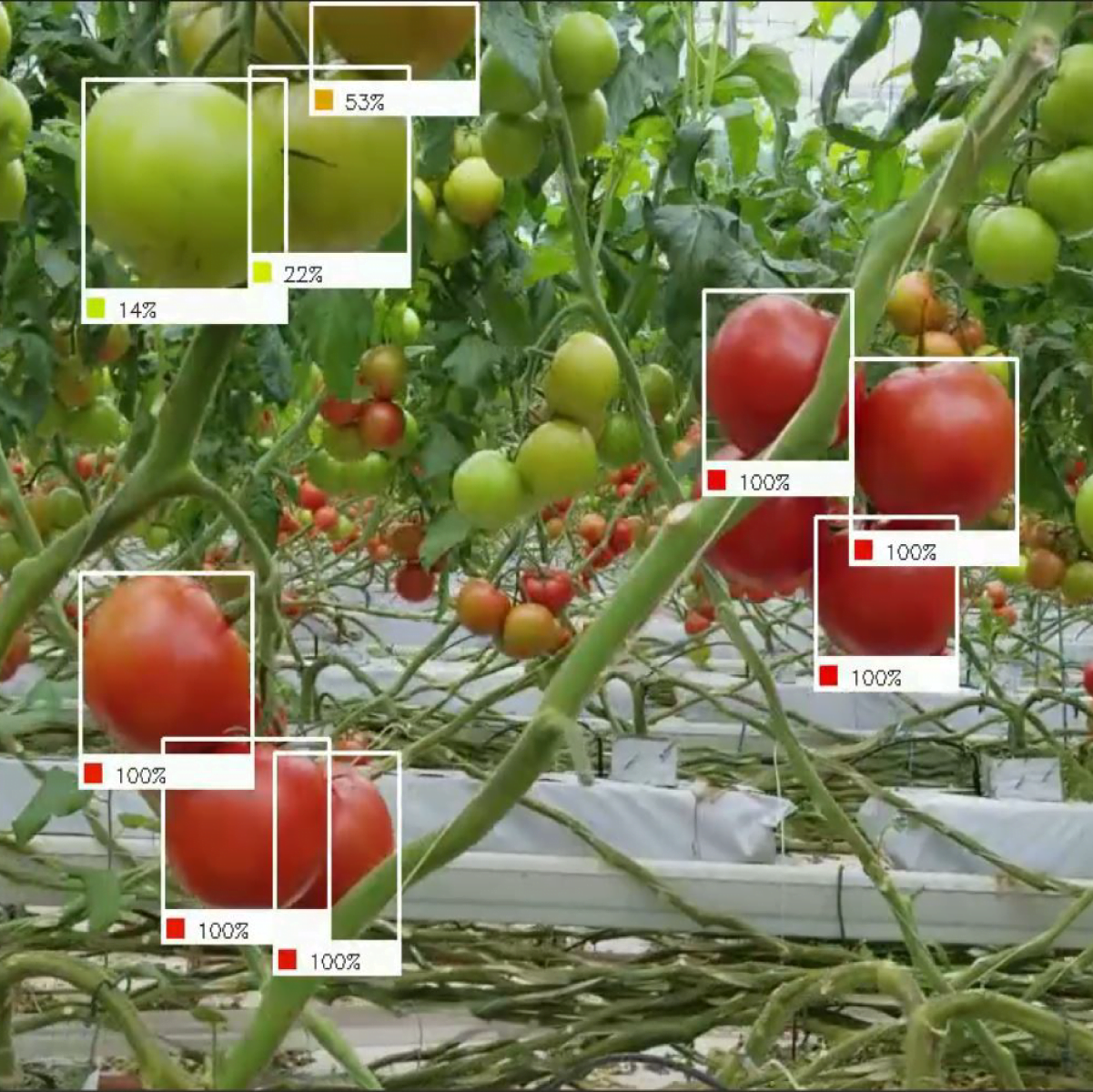





























































































































































































































































































































































































































































































































































































































































































































































































































































































































































































































































Customer Reviews
There are no reviews yet.